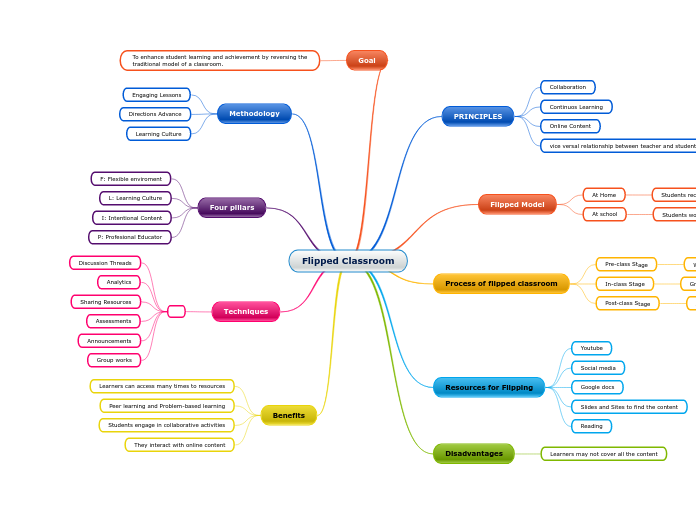によって Michael Stoick 11年前.
343
Digitally Savvy Research Projects
In an effort to create engaging and technologically advanced research projects, students are guided through a series of structured steps. Initially, they gather and summarize information from various quality sources, including Google and video links, which helps them brainstorm effectively.









